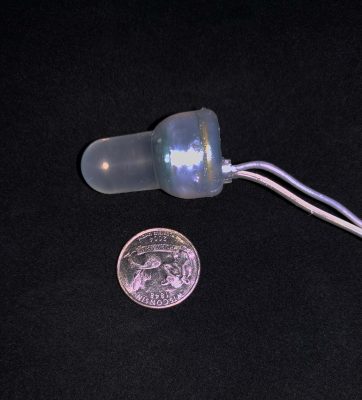
According to a 2005-2006 National Center for Health study, nearly 24 percent of U.S. women are affected with a primary or recurrent pelvic floor disorder (PFD). Female pelvic floor disorders have been referred to as a hidden epidemic by clinicians in the United States. PFD often results from a weakening of the pelvic floor muscles and cause lifestyle altering symptoms such as incontinence and pelvic organ prolapse in which women experience herniation of the pelvic viscera such as the bladder, uterus and rectum into the vaginal cavity. Elevated intra-abdominal pressure (IAP) during daily activity or strenuous physical activity has been identified as a risk factor in the prevalence of PFD. However, the relationship between IAP and physical activity is poorly understood and oftentimes activity restrictions are prescribed by physicians without clinical evidence linking various activities to elevated IAP. The Motherhood And Pelvic health (MAP) project aims to examine the relationship between IAP and PFD in a powered clinical study.
There are currently no pressure transducers capable of monitoring IAP outside of the clinical environment. To overcome this shortcoming, our lab developed a novel intra-vaginal pressure transducer (IVT) to continuously monitor IAP. The IVT is a mobile device capable of measuring, storing and transmitting IAP data during various physical activities. This device is used during clinical visits in the MAP study and the data collected through the study will increase the ability to predict, prevent, and treat the occurrence of pelvic floor disorders.



